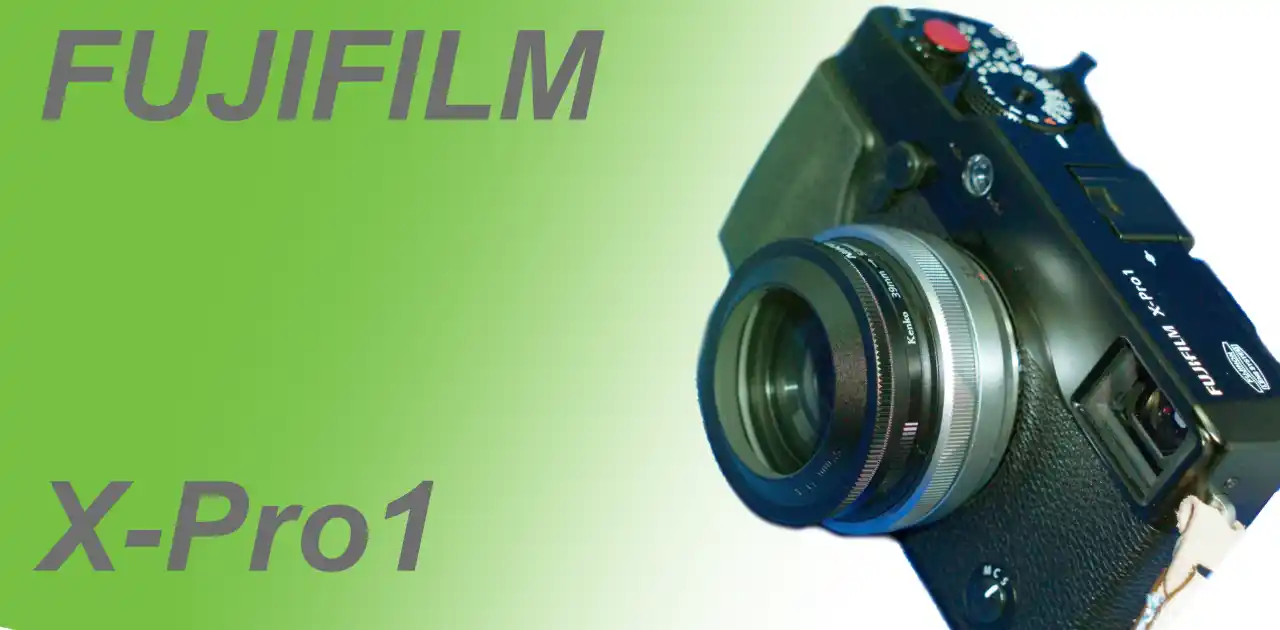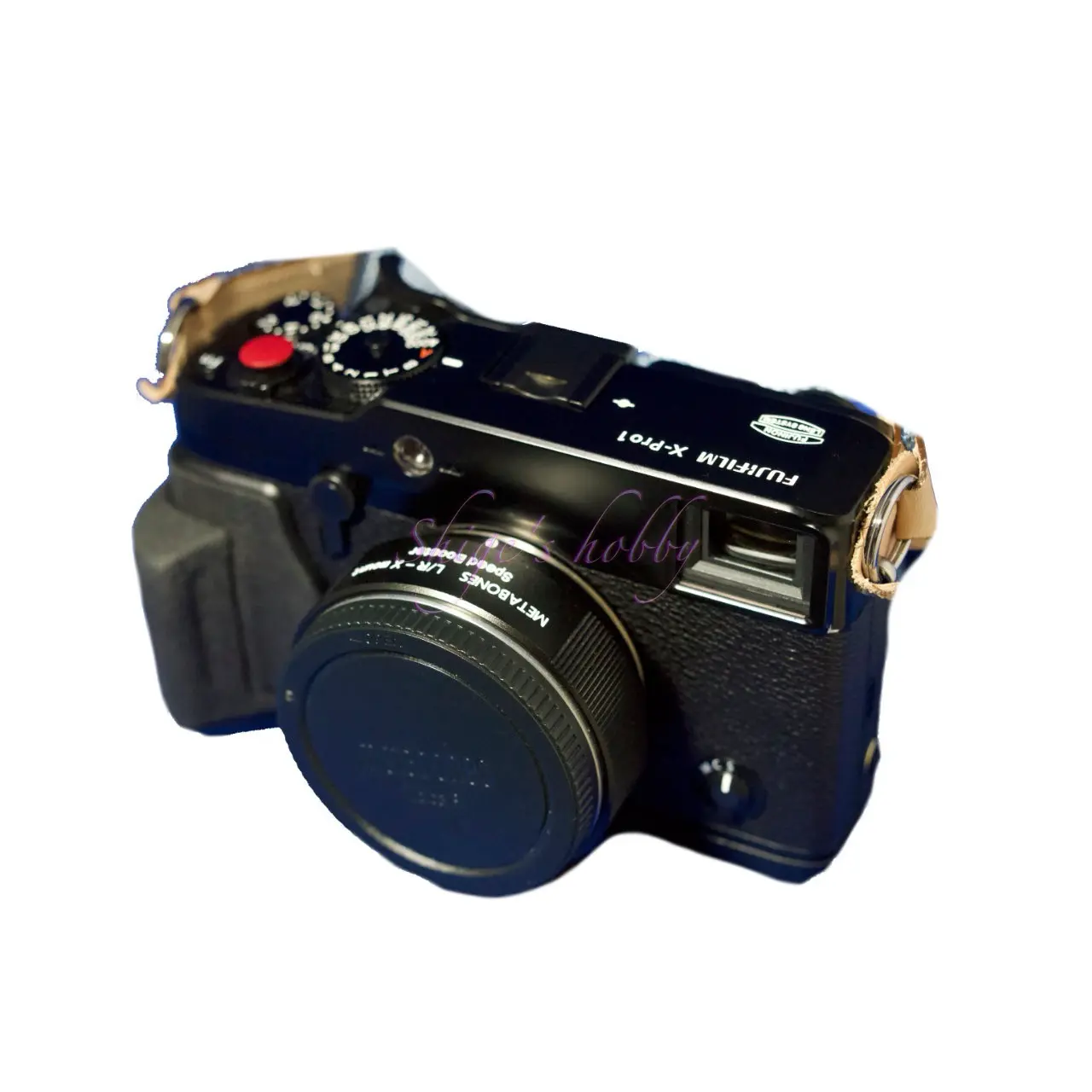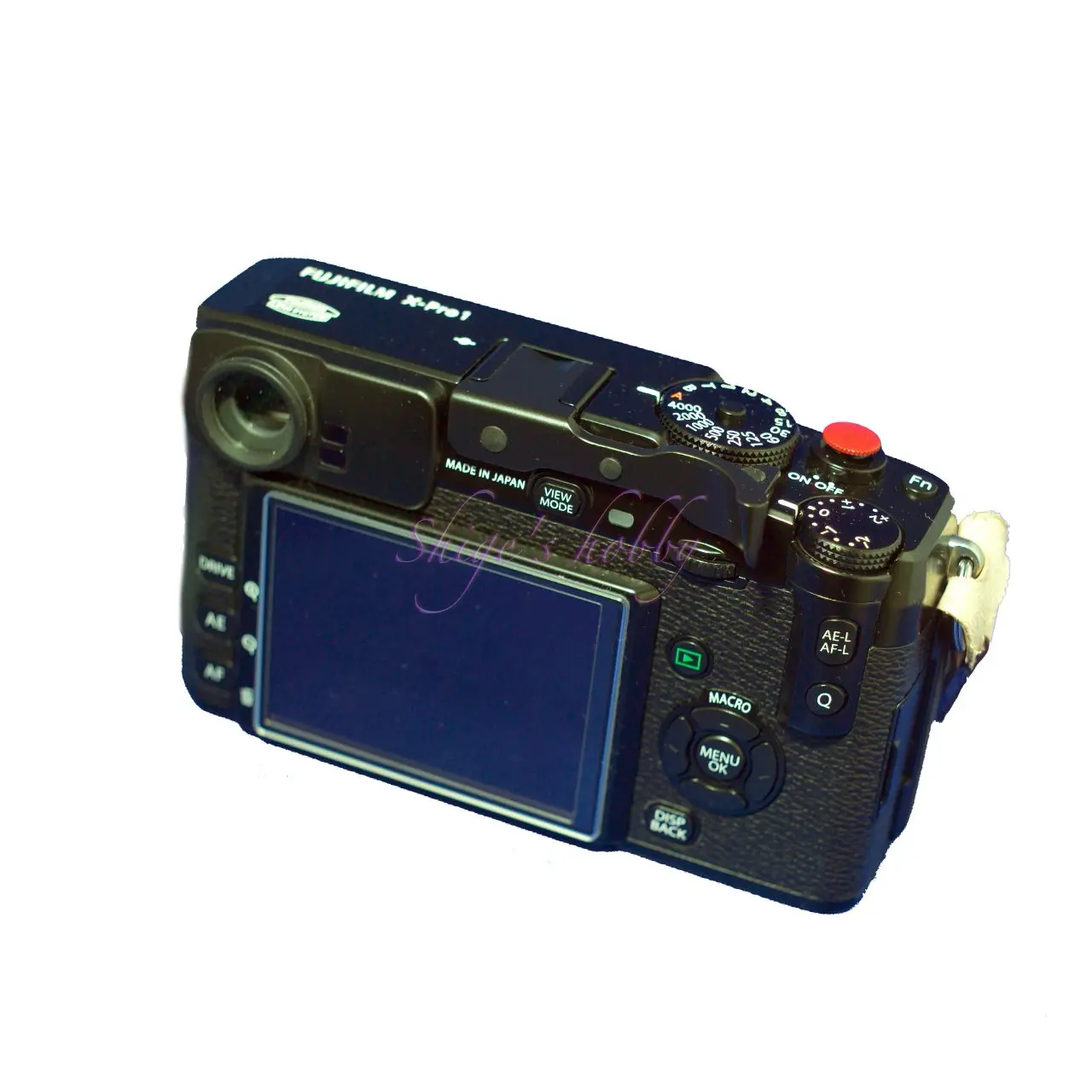The father of the Fuji mirrorless camera X-Pro 1

A review and Photo Examples of the FUJIFILM X-Pro 1.
Table of contents
Gallery
- The photo examples were taken with Metabones Speed Booster and Leica R mount lens.
- APO MACRO ELMARIT R 100mm F2.8
- SUMMILUX R 80mm F1.4
- SUMMILUX R 50mm F1.4
- SUMMILUX R 35mm F1.4
Review


1.Overview
The X-PRO1 is a Fujifilm interchangeable lens digital camera released in 2012 with an APS-C size sensor.
The sensor size is APS-C (1.5 times the 35mm equivalent), and it is equipped with a 16.3 megapixel X-Trans CMOS sensor.
SDXC SD cards can be used.
The battery is either the NP-W126 (1260mAh, 7.2V) or its successor, the NP-W126S.
The successor battery, the NP-W126S, has a slight recess in the center to allow for swelling due to aging of the lithium-ion battery. Both batteries have the same capacity.
The main feature of this camera is the hybrid multi-viewfinder, which is an elaborate viewfinder that can be switched between an LCD viewfinder (hereinafter referred to as EVF) and an optical viewfinder (hereinafter referred to as OVF).
2.Usage
XI bought the -Pro1 in 2014 to use it with a mount adapter on a used body.
The mount adapters I bought are as follows, and the focal reducer/wide converter and Metabones Speed Booster (hereinafter referred to as Speed Booster) were what got me started collecting Leica R mount lenses in earnest.
The photo examples also show the use of the Speed Booster.
- Leica M-FX
- Contax G-FX
- Leica R-FX
- Leica R-FX Speed booster (Metabones)
The Leica R mount lenses used with the Speed Booster are as follows.
The Speed Booster works in the opposite way to a teleconverter, shortening the focal length of the original lens and brightening the aperture by placing it between the lens and the camera.
This tool is not all-purpose, and the characteristics of the original lens affect the depiction, and the larger the image circle and the more room there is in the peripheral area, the less the depiction of the captured image will deteriorate.
Unless the lens is extremely poor in the center, any lens will produce satisfactory depiction.
- LEICA SUMMILUX R 35mm F1.4
- LEICA SUMMILUX R 50mm F1.4
- LEICA APO MACRO ELMARIT R 100mm F2.8(AME100)
- LEICA SUMMILUX R 80mm F1.4
After playing around with the mount adapter, I got four original lenses, XF 18mm F2R, XF 23mm F1.4R, XF 27mm F2.8, and XF 56mm F1.2, and tried using the OVF, a feature of the X-Pro1. It works the same way as the CONTAX G, and since you can’t see the focal plane through the viewfinder, you just check the composition and press the shutter while relying on the AF focus display to focus. This style is almost the same as taking pictures without a viewfinder unless the AF is very smart, so it takes practice to focus on the desired spot.
I no longer use the OVF because the EVF is convenient even with dedicated lenses, and I found that the shooting style that makes the most of the X-Pro1’s special features is not suitable for me.
The viewfinder is a feature of the X-Pro1, but since the OVF is almost useless when shooting via a mount adapter, I always shot with the EVF.
So, I imagined that if I only used the EVF, the X-E1, which only has an EVF, would be lighter and easier to use, so I bought it to replace the X-Pro1 without checking the actual product.
The X-E1’s EVF specs are an OLED display with a resolution of 2.36 million dots, which is higher than the X-Pro1’s LCD display and resolution of 1.44 million dots, so I had high hopes for it, but perhaps it’s a matter of the refresh rate? I was disappointed by the overall impression that the viewfinder was not as good as the X-Pro1, including the tracking when looking through the viewfinder. At this time, I also got rid of all the dedicated lenses I had purchased with the X-E1, so I decided to stay away from the X series until I purchased the X-Pro2.
At that time, digital cameras were not that expensive, and used ones were about half the price after two years, so I was able to buy them easily. Instead, the selling price was also low. It is difficult to decide whether it is better to have a used one at the same price or at a premium price due to a shortage of used lenses.
3.Summary
To sum up the X-Pro1, it is an excellent body for using manual focus lenses.
The reason is that the resolution and frame rate of the EVF are sufficient for checking the focus position when using manual focus lenses. However, since the rear LCD and EVF are fixed, it is difficult to shoot from unusual perspectives such as low angles.
In addition, the X Series’ unique image processing produces good-looking images even when shooting with a focal reducer or other reduced optical system, making roughness less noticeable.
Specifications and comparison of previous models
| Items | X-Pro1 | X-Pro2 | X-Pro3 |
| Number of pixels | 16.3 MP | 24.3 MP | 26.1 MP |
| Image Sensor Type | X-Trans CMOS | X-Trans CMOS III | X-Trans CMOS 4 |
| Image Sensor Size | APS-C | APS-C | APS-C |
| OVF | Electronic bright frame finder (reverse Galilean type) Shooting range frame coverage rate approx. 90% Finder magnification approx. 0.37x/approx. 0.60x | Electronic bright frame finder (reverse Galilean type) Shooting range frame coverage rate approx. 92% Finder magnification approx. 0.36x/approx. 0.60x | Electronic bright frame finder (reverse Galilean type) Shooting range frame coverage rate approx. 95% Finder magnification approx. 0.52x |
| EVF | 0.47-inch TFT color LCD approx. 1.44 million dots approx. 100% field of view | 0.48-inch TFT color LCD approx. 2.36 million dots approx. 100% field of view | 0.5-inch organic EL approx. 3.69 million dots approx. 100% field of view |
| Rear LCD Size | 3 | 3 | 3 |
| Rear LCD resolution | 1.23 million dots | 1.62 million dots | 1.62 million dots |
| Battery | FW-126 / FW-126S | FW-126 / FW-126S | FW-126S |
| Recorded media | SDXC Single slot | SDXC Double slot | SDXC Double slot |
| Size W x H x D | 139.5 x 81.8 x 42.5 | 140.5 x 82.8 x 45.9 | 140.5 x 82.8 x 46.1 |
| Weight (g) (including memory card and battery) | 450 | 495 | 497 |
| Release date | 2012.2.18 | 2016.3.3 | 2019.11.28 |
| Color | Black | Black Graphite | Black DR Black DR Silver |
Options
- Hand grip: HG-XPro1
- Leather case: LC-XPro1
- Clip-on flash
- EF-X20
- EF-20
- EF-42
- Thumbs Up: EP-7S /CSEP-2
Reference links
- X-PRO1 Official Manual PDF
- X-PRO2 Official Manual PDF
- X-PRO3 Official Website
- Fujifilm X-Pro 1 WORLD – A new era of viewfinder camera (Nippon Camera MOOK) MOOK – 2012/9/29・Amazon Affiliate Link
- Metabones Speed booster
Update history
- 2025.5.9
- 2024.012.25
Affiliate Links
- Please see the disclaimer regarding advertising here.
- Italicized links in the text are advertisement links that take you to other sites.
- Amazon Affiliate Link: Fujifilm Camera
- Amazon affiliate link: Fujifilm interchangeable lenses
- Amazon Affiliate Links Fujifilm Books


Leave a Reply